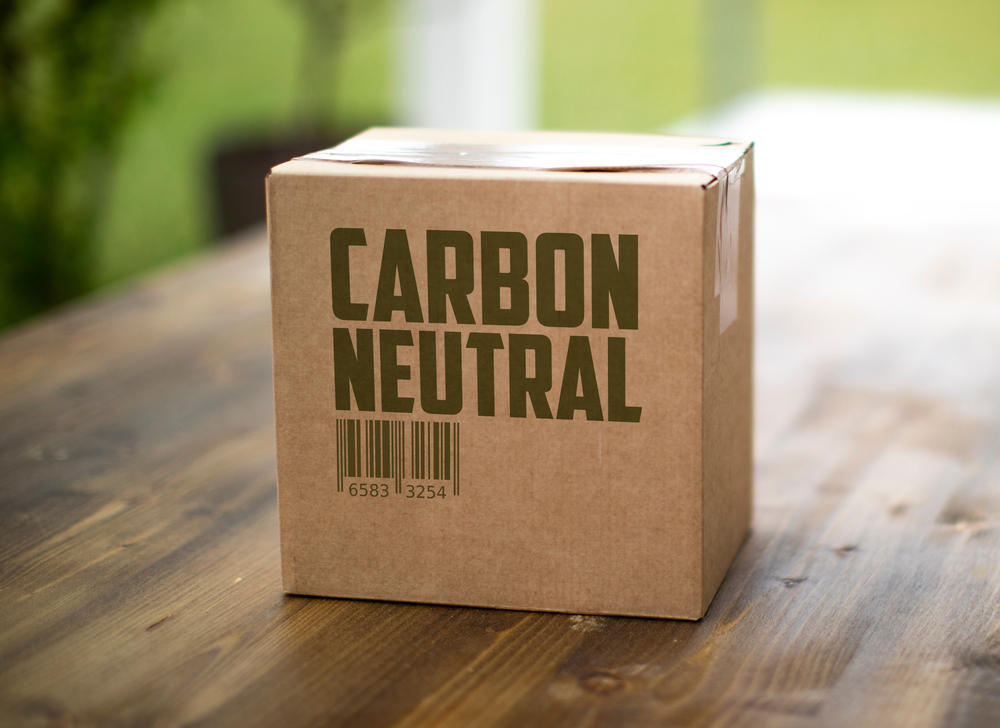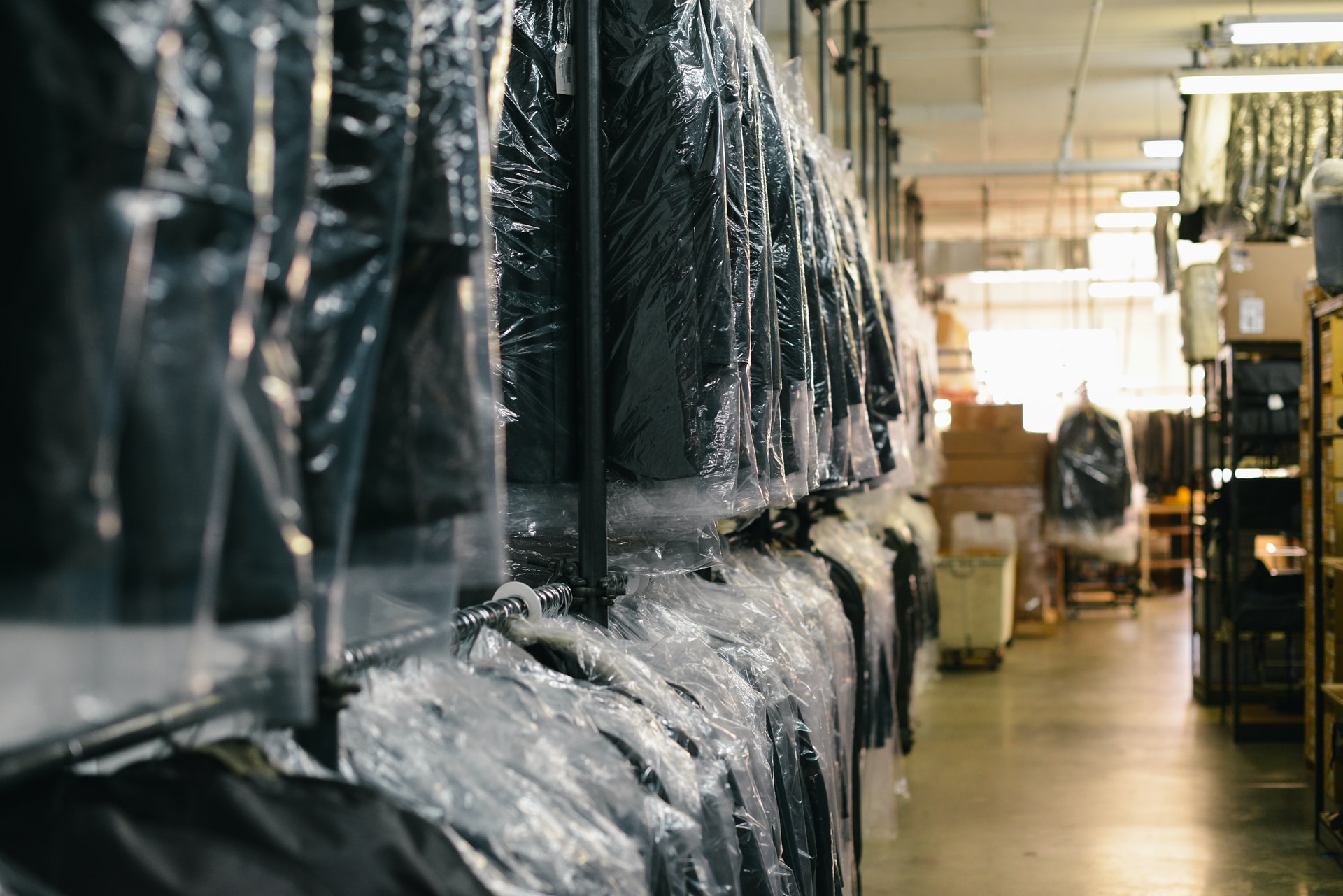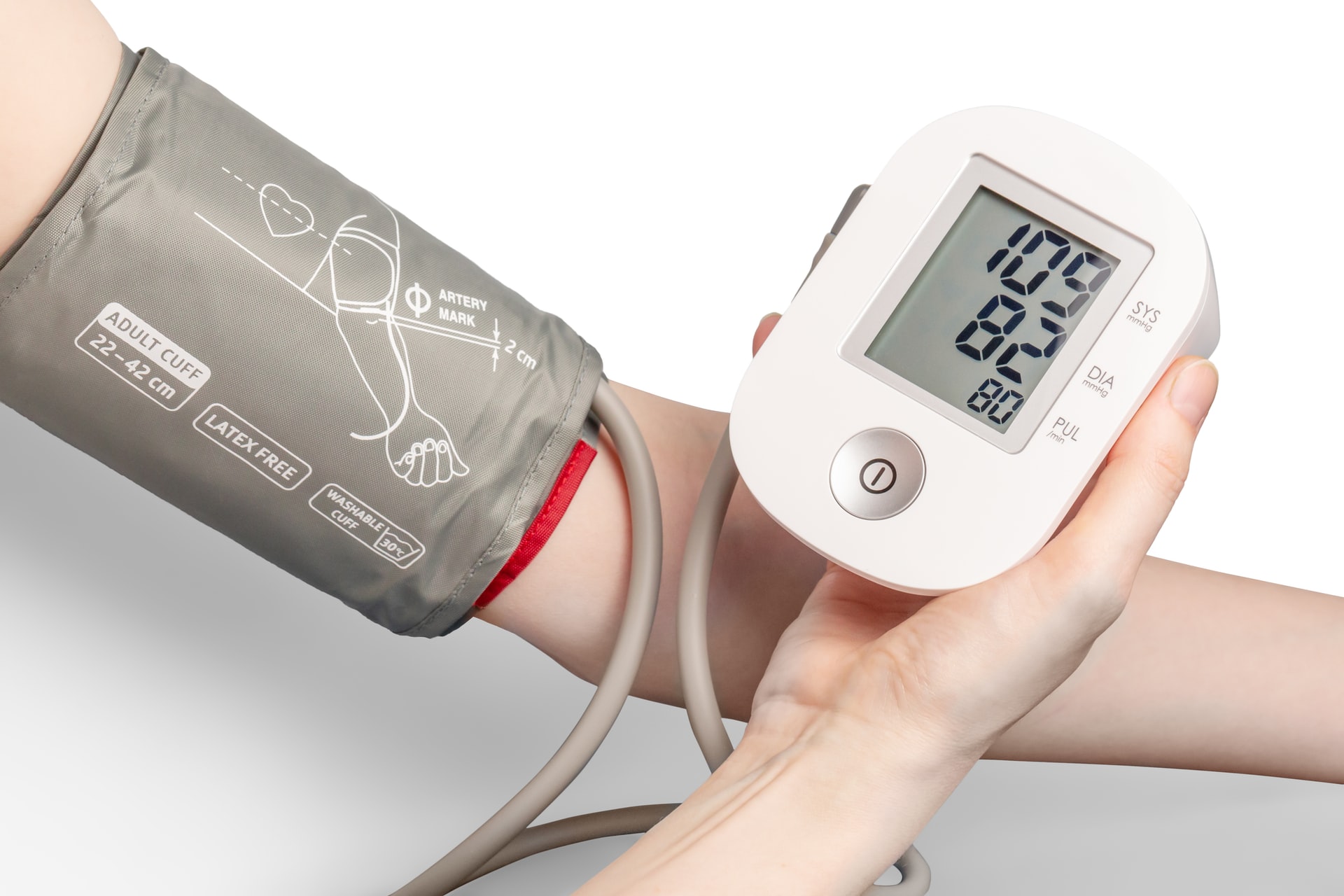Reading Time: 2 minutes
- Fossil fuels such as coal contain carbon and when we burn them (for generating electricity, travel, manufacturing, etc.), they release carbon dioxide (CO2).
- CO2 traps heat from the sun (like a glass roof) and warms the environment, causing heatwaves, droughts, heavy rain, and floods, etc.
- Now, CO2 emissions and their environmental impact can be estimated for a country, a state, a city, a building, or an individual (based on his/her lifestyle).
- This estimate is called Carbon Footprint and its measurement unitIt is calculated in terms of CO2 equivalent, i.e., while CO2 is the most common Greenhouse gases emitted by human activities, but the CO2equivalent unit also considers all other Greenhouse Gases (like methane and nitrous oxide) and puts them in terms of CO2. is tonnes (1000 kg), which is usually calculated at an annual level.
- Going ‘Carbon Neutral’ means that while the emissions are still being generated, they are offset by the same amount somewhere else.
- E.g., let’s say your carbon footprint (from breathing, the kind of products you use, travel, etc.) is 5 tonnes in a year and one plant/tree absorbs 2.5 tonnes of CO2 in a year.
- So, at an individual level, you can go carbon neutral just by planting two trees.
- At a country level, just planting trees to offset the total carbon footprint may not be practical (the US alone emitted 5.1 billion metric tonnes of energy-related CO2 in 2019).
- So, governments targeting carbon neutrality are automatically forced to work out options that reduce CO2 emissions, to begin with.
- This means investments in renewable sources of energy at a large scale.
- And then there are investments in processes such as carbon sequestration, which captures and stores the CO2 produced in the atmosphere.
- One way that sequestration works is by capturing CO2 at the source and storing it deep underground (this is called geologic sequestration); plants storing CO2 is called biologic sequestration.
- Carbon Neutral is used interchangeably with ‘Net Zero’ but while Carbon Neutral is about balancing the CO2 emissions typically over one year, ‘Net Zero’ involves offsetting all greenhouse gases (like methane and nitrous oxide).
- Zero emissions refer to a situation where no CO2 is released, which is almost impossible because even technologies such as solar panels and wind energy are created using manufacturing processes that release CO2.
Also Read:
What is Paris Climate Agreement?
Image courtesy of wolfgang glöckl through Shutterstock






















